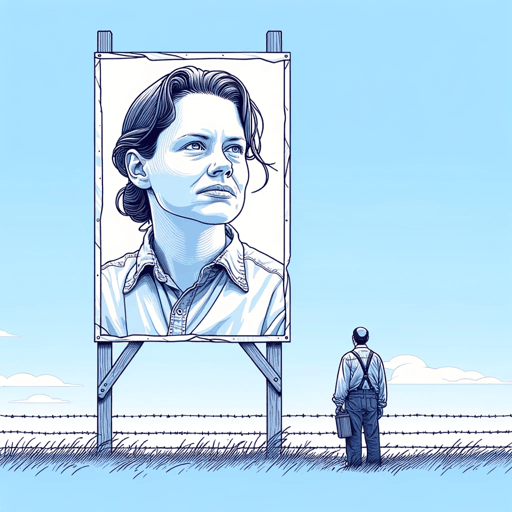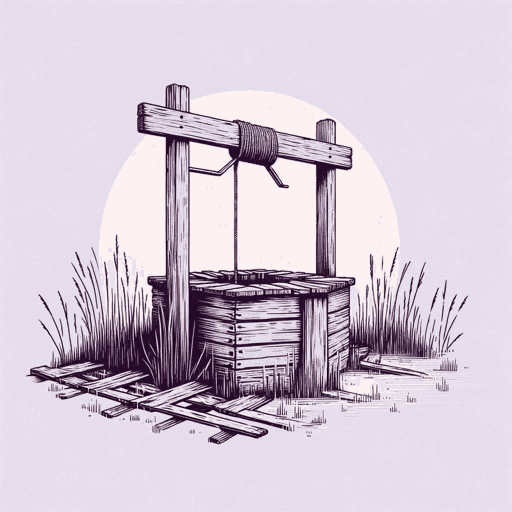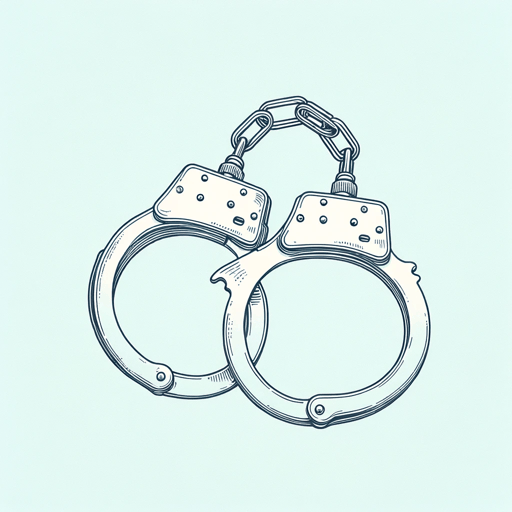38 pages • 1 hour read
Stephen KingFirestarter
Fiction | Novel | Adult | Published in 1980A modern alternative to SparkNotes and CliffsNotes, SuperSummary offers high-quality Study Guides with detailed chapter summaries and analysis of major themes, characters, and more.
Background
Critical Context: The Horror of Governmental Authority in King’s Early Writing
Firestarter acts as a capstone for the first major arc in Stephen King’s writing career. By the time it was released in 1980, King had published a string of best-selling horror and suspense novels, five under his name—Carrie (1974), Salem’s Lot (1975), The Shining (1977), The Stand (1978), and The Dead Zone (1979)—and two—Rage (1977) and The Long Walk (1979)—under a pen name. King was seen as a publishing phenomenon, and Firestarter received the widest paperback release in his career. The novel’s portrayal of government overreach and the ethical implications of scientific experiments spoke to contemporary paranoias. More so, Firestarter is the culminating effort of King’s early work. It develops several of his early themes, such as governmental overreach and problematic authority, in a final reckoning before King turned to less sociopolitical subjects in subsequent novels.
Charlie McGee, a young girl whose adolescence causes a spike in her pyrokinetic abilities, is a variation on one of King’s most iconic characters, Carrie White of the novel Carrie. Both characters follow a similar arc. They begin hopelessly mired in their abilities, and conclude in an apocalyptic release of power, devastating real and imagined enemies. Both are also raised by single parents whose strict approaches prevent them from actualizing their ability until it is almost too late.
Related Titles
By Stephen King

11.22.63
Stephen King

1408
Stephen King

Bag of Bones
Stephen King

Billy Summers
Stephen King

Carrie
Stephen King

Children of the Corn
Stephen King

Cujo
Stephen King

Different Seasons
Stephen King

Doctor Sleep
Stephen King

Dolores Claiborne
Stephen King

Duma Key
Stephen King

Elevation: A Novel
Stephen King

End of Watch
Stephen King

Fairy Tale
Stephen King

Finders Keepers
Stephen King

From a Buick 8
Stephen King

Full Dark, No Stars
Stephen King

Gerald's Game
Stephen King

Gwendy's Button Box
Stephen King, Richard Chizmar

Holly
Stephen King

